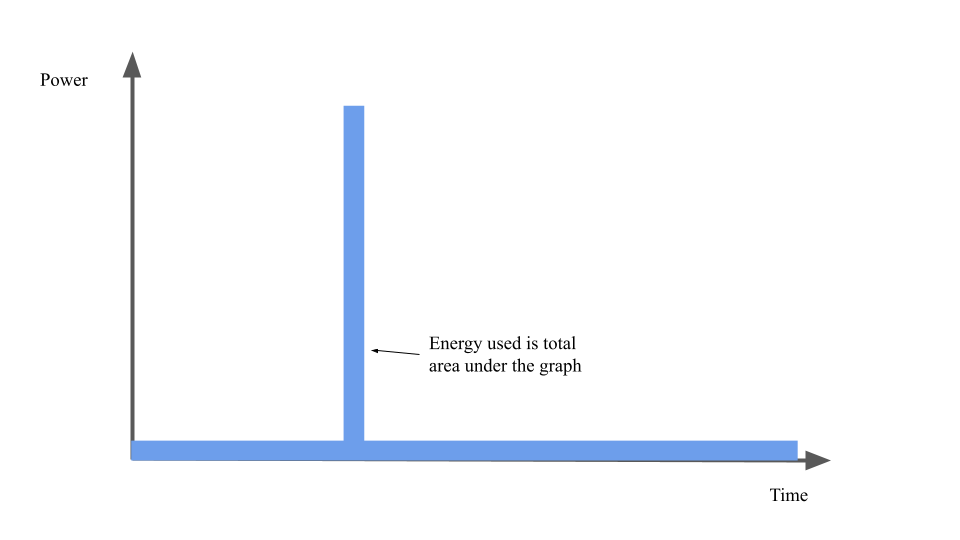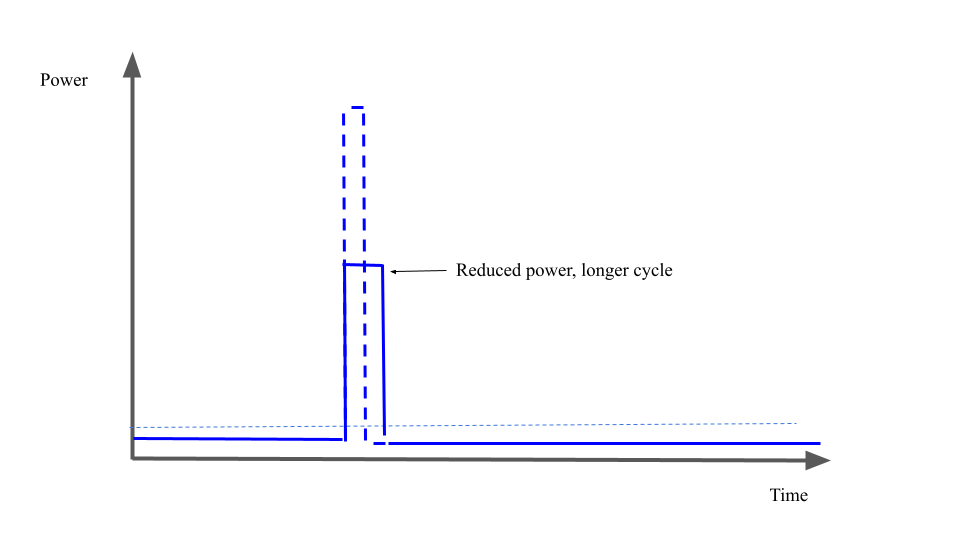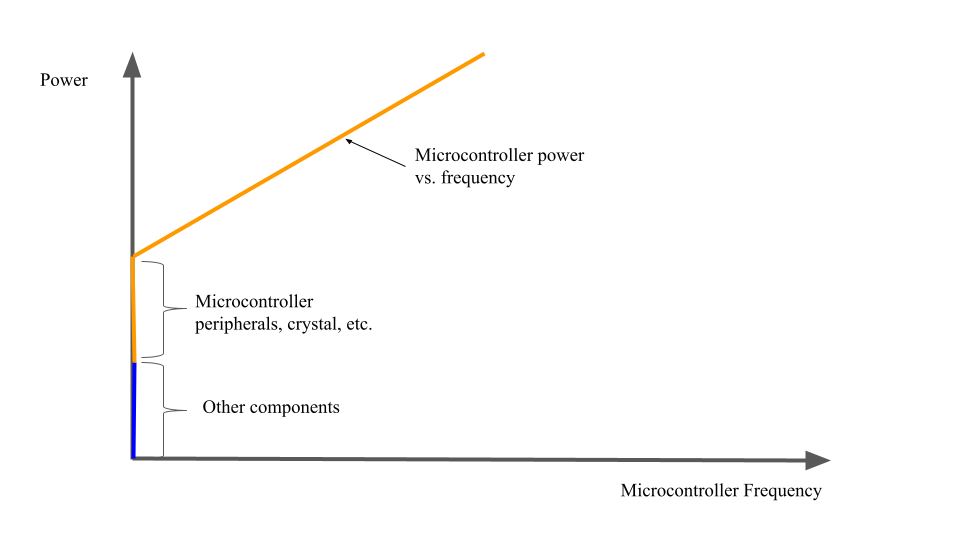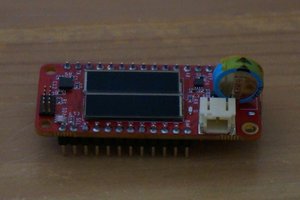Ultra-low power is as much a marketing term as it is an engineering term. The power used in any single “ultra-low power” device could be hundreds of times higher than in another. Therefore it is difficult to define a power level at which a device becomes ultra-low power. Often, it refers to a system which can operate on a battery for months or years without charging. Ultra-low power design can enable applications that otherwise would not be possible. Nobody wants to change the batteries in their TV remotes or wireless keyboards very often, and ultra-low power design techniques prevent this inconvenience. Less trivially, ultra-low power design enables remote environmental monitoring systems. This project is intended to be a guide to tinkerers and engineers who have never developed devices for low power and will introduce you to relevant techniques, components, and example designs. There is also a focus on warnings to help the new developer avoid common mistakes. The breakdown is:
Introduction to Ultra-Low Power Electronics
An introductory guide to designing ultra-low power electronics for makers







 Dennis
Dennis
 Michel Kuenemann
Michel Kuenemann
Awesome, looks like a great project!